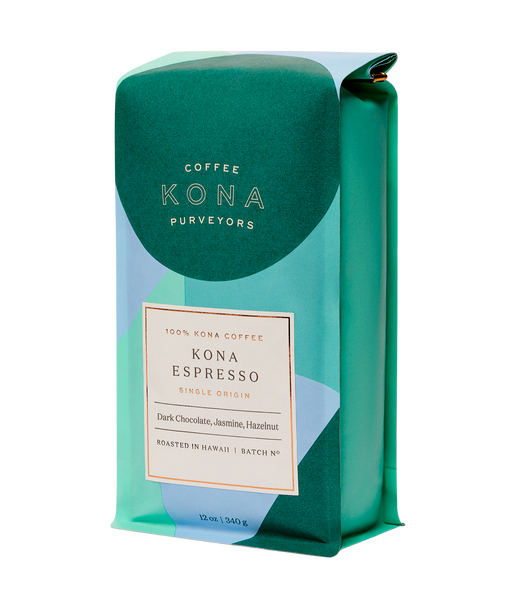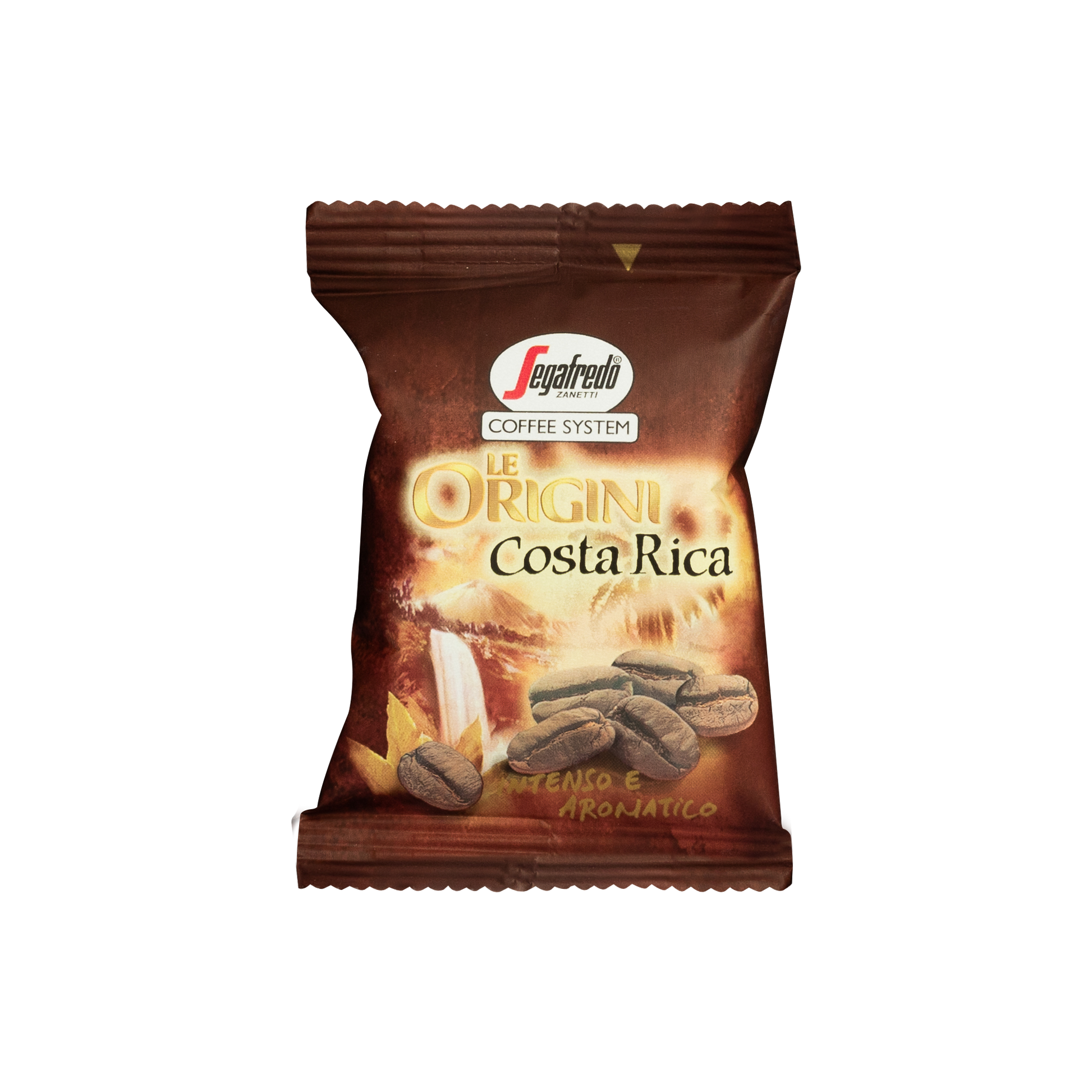Savor the Distinctiveness with Recently Roasted SOE Single Origin Espresso
Savor the Distinctiveness with Recently Roasted SOE Single Origin Espresso
Blog Article
Understanding Coffee Beans: the Journey From Coffee to Blended Coffee Beans

The Beginnings of Coffee: A Global Perspective
While you might think of coffee as a modern staple, its origins map back centuries, intertwining with societies around the world. The story begins in Ethiopia, where tale claims a goat herdsman named Kaldi uncovered the stimulating results of coffee beans after noticing his goats frolicking energetically after eating them. This sparked passion, bring about coffee's infect Arab investors that cherished the brewed drink. By the 15th century, it reached Persia, Egypt, and Turkey, where coffee shops became social hubs for conversation and culture.
As trade courses increased, coffee made its way to Europe in the 17th century, swiftly obtaining popularity. Each culture included its special spin to coffee preparation, improving its background.
Cultivation and Harvesting of Espresso Beans
As coffee's trip progressed, the focus shifted to the farming and harvesting of details bean ranges, specifically those used for espresso. You'll find that coffee beans often originate from Arabica or Robusta plants, each offering distinctive flavors. The perfect expanding conditions include high altitudes and abundant, well-drained dirt, which improve the beans' quality.
Throughout the harvest, picking methods differ. Timing is vital; you want to collect when the cherries reach peak ripeness for optimum taste.
When harvested, the beans are gotten ready for processing, which is essential in determining their final preference. Understanding the cultivation and collecting processes gives you insight into what enters into your favored coffee, enriching your admiration for every cup.
Handling Approaches: From Cherry to Bean
Since you have actually learnt more about collecting espresso beans, allow's explore just how those cherries transform right into the coffee beans you like. You'll see exactly how different harvesting techniques impact taste, complied with by the crucial steps of fermentation and drying out. We'll break down the milling and grading procedure that identifies your coffee's top quality.
Gathering Techniques Discussed
When it comes to coffee, comprehending harvesting techniques is vital, considering that they directly impact the flavor and high quality of the beans you take pleasure in. Careful choosing involves hand-picking just ripe cherries, ensuring you get the finest quality beans. Eventually, the choice of harvesting strategy can significantly affect your coffee experience, so it's worth understanding just how those beans made it to your mug.
Fermentation and Drying Out
After collecting, the next action in handling coffee beans play a considerable function fit their taste. You'll discover that fermentation is vital, as it helps break down the mucilage bordering the beans, enhancing their preference profile. Relying on the approach, this procedure can last from a few hours to a number of days, with differing outcomes based upon temperature and moisture.
When fermentation is total, drying follows, which is equally vital. You can select from sun-drying or mechanical drying out techniques. Sun-drying permits the beans to take in tastes from the atmosphere, while mechanical drying guarantees constant moisture degrees no matter climate. Correct drying out is vital to avoid mold and maintain the beans' quality, eventually influencing your cup of coffee.
Milling and Grading Refine
As fermentation and drying out established the phase for taste development, the milling and grading process guarantees that just the ideal coffee beans make it to your mug. This phase entails getting rid of the outer layers of the coffee cherry, including the parchment and husk. High-grade beans obtain a greater quality, resulting in a richer coffee experience.
Toasting Techniques: Opening Flavor Possible
When you roast coffee beans, the method you select can considerably impact the taste profile. Recognizing the connection between time, temperature, and toasting strategies is crucial to revealing the capacity of your mixture. Allow's explore just how these elements integrated to develop the excellent cup.
Toasting Methods Clarified
While you may believe that all coffee toasting techniques produce the same results, the reality is that each method exposes distinct flavor possibilities in the beans. Drum toasting uses a rotating drum to equally disperse heat, boosting caramelization and generating a well balanced flavor. Air roasting, on the other hand, distributes hot air around the beans, promoting a lighter roast with obvious acidity.

Effect On Flavor Account
Various roasting approaches not only influence the process yet likewise greatly impact the flavor account of the coffee beans. Dark roasts, on the other hand, bring out bold, great smoky tastes, often masking the bean's special qualities. Understanding these subtleties assists you appreciate the creativity behind your mug of coffee, improving your overall experience with every sip.
Time and Temperature Level Elements
To release the complete flavor capacity of coffee beans, both time and temperature throughout the roasting procedure play substantial duties. When toasting, you'll find that greater temperatures can promptly establish tastes, however if you hurry it, you may wind up with charred notes. Conversely, lower temperature levels permit a much more steady taste advancement, showcasing the beans' special features.

Timing is just as essential; expanding the roast as well long can result in a loss of level of acidity and illumination, while also brief a roast could leave the beans underdeveloped. Finding that pleasant spot needs method and experimentation. By adjusting these variables, you can disclose the rich, intricate tastes concealed within each bean, producing a genuinely amazing coffee experience.
The Art of Mixing: Crafting Distinct Coffee Profiles

Start by choosing a base coffee Single Origin Espresso that provides a solid foundation. Choose corresponding beans to boost specific flavor notes. As an example, an intense Ethiopian bean can bring fruitiness, while an abundant Brazilian coffee includes body. Trial and error is essential-- don't be terrified to readjust proportions until you find your ideal account.
As you mix, bear in mind that each combination narrates. You're not simply making coffee; you're creating an experience. Take your time, preference regularly, and enjoy the journey of uncovering your signature blend - Single Origin Espresso.
Brewing Approaches: Just How Prep Work Impacts Flavor
Mixing coffee opens a domain of taste possibilities, however just how you make that mix can significantly affect your last cup. Various brewing approaches draw out special flavors and fragrances, so it's crucial to select wisely. As an example, a French press allows sediments and oils to continue to be, creating an abundant, robust experience. On the various other hand, a pour-over highlights the coffee's clarity and illumination, best for showcasing fragile notes.
Espresso, with its high stress, produces a focused shot that emphasizes sweetness and crema. If you like a lighter mixture, take into consideration a chilly mixture technique; it produces a smooth, less acidic taste.
Inevitably, trial and error is key. Adjusting variables like water temperature level, grind dimension, and brew time can change your coffee's profile. So, accept the art of brewing to uncover the flavors concealed in your coffee blends. The right approach can boost your experience to brand-new elevations.
The Future of Coffee: Sustainability and Development
As the coffee sector evolves, sustainability and development are ending up being important for resolving environmental obstacles and conference consumer demands. You'll notice that even more coffee firms are embracing environmentally friendly practices, from sourcing beans ethically to implementing sustainable farming strategies. These changes not just assist the earth yet likewise improve the top quality of the coffee you appreciate.
You might see advancements like biodegradable product packaging and water-saving brewing techniques that reduce waste. Advanced technology, such as blockchain, is additionally becoming preferred, guaranteeing openness in the supply chain, which permits you to trace your coffee back to its origins.
On top of that, investing in local neighborhoods and sustaining farmers through reasonable trade efforts cultivates a much more lasting coffee community. As you drink your following cup, keep in mind that your options can add to a brighter future for coffee. By deciding for lasting brands, you're not just enjoying a drink; you're making a favorable impact on the globe.
Frequently Asked Inquiries
What Is the Distinction In Between Arabica and Robusta Beans?
Arabica beans are smoother, sweeter, and have a greater acidity, while robusta beans are more powerful, a lot more bitter, and contain more caffeine. When brewing your coffee., you'll see these distinctions in taste and aroma.
Exactly How Does Elevation Affect Coffee Bean Flavor?
Elevation influences coffee bean flavor significantly. Higher elevations produce beans with brighter acidity and facility flavors, while lower elevations usually generate beans that are much heavier and less nuanced. You'll observe these differences in your cup!
What Are the Health And Wellness Benefits of Alcohol Consumption Coffee?
Consuming alcohol coffee can boost your energy, enhance mental emphasis, and also boost physical efficiency. It's abundant in anti-oxidants, might lower the threat of specific conditions, and can promote a healthier metabolic process when eaten in small amounts.
Can Coffee Beans Be Reused for Brewing?
Yes, you can recycle coffee beans for brewing, however the taste may be weaker. If you enjoy exploring, attempt recycling them in different methods, like chilly mixtures or contributing to smoothie mixes for an additional kick.
Just how Should I Store Coffee Beans for Freshness?
To keep your coffee beans fresh, store them in an impermeable container in an amazing, dark area. Prevent subjecting them to light, warmth, or moisture, as these factors can swiftly degrade their taste and scent.
Recognizing Coffee Beans: the Trip From Coffee to Blended Coffee Beans.
Currently that you've discovered concerning harvesting coffee beans, let's check out how those cherries transform into the coffee beans you enjoy.When you roast coffee beans, the technique you select can considerably influence the flavor profile - Single Origin Espresso.While you could believe that all coffee roasting techniques produce the very same outcomes, the reality is that each technique discloses one-of-a-kind flavor possibilities in the beans.Different toasting approaches not only influence the procedure but additionally significantly affect the taste profile of the coffee beans
Report this page